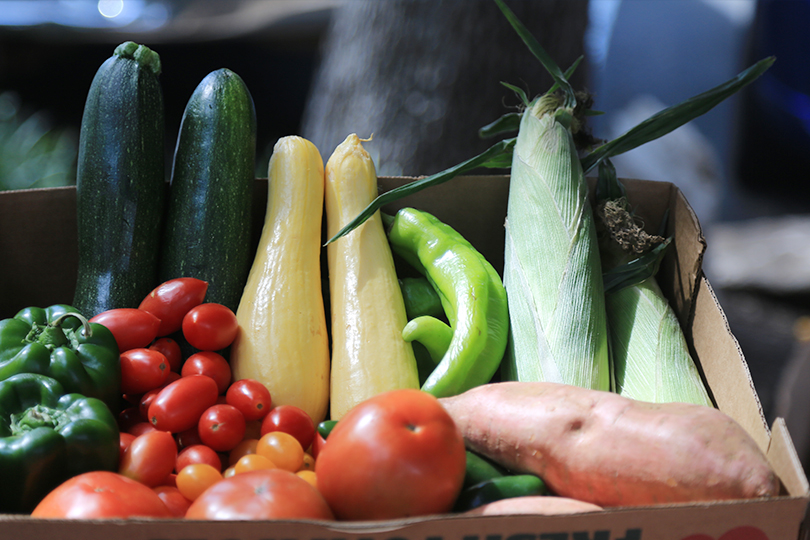Small farms that sell in local markets will have a new crop insurance option. The U.S. Department of Agriculture (USDA) approved a new Micro Farm policy that simplifies record keeping and covers post-production costs like washing and value-added products.
USDA’s Risk Management Agency (RMA) created this new policy based on research directed by the 2018 Farm Bill, and it includes feedback from farmers who grow for their local communities.
The policy will be available beginning with the 2022 crop year.
“We are excited to offer this new coverage for producers who work to provide their communities with fresh and healthy food,” RMA Acting Administrator Richard Flournoy said. “USDA is focused on supporting local and regional food systems, and this new crop insurance policy is designed with this important sector of agriculture in mind.”
The new policy is offered through Whole-Farm Revenue Protection (WFRP), and it has distinct provisions that can provide more access to the program, including:
- no expense or individual commodity reporting needed, simplifying the recordkeeping requirements for farmers.
- revenue from post-production costs, such as washing and packaging commodities and value-added products, are considered allowable revenue.
The Micro Farm policy is available to farmers who have a farm operation that earns an average allowable revenue of $100,000 or less, or for carryover insureds, an average allowable revenue of $125,000 or less. RMA’s research showed that 85% of farmers who sell locally reported they made less than $75,000 in gross sales. See the full report.
The Micro Farm policy builds on other RMA efforts to better serve specialty and organic crop growers. This includes WFRP, which provides coverage for farmers with larger operations that may not be eligible for Micro Farm. RMA recently made improvements to WFRP as part of a broader set of new policies and expanded policies to assist specialty crop and organic farmers.
The Federal Crop Insurance Corporation approved the Micro Farm policy in late September, and additional details will be provided later this fall.

